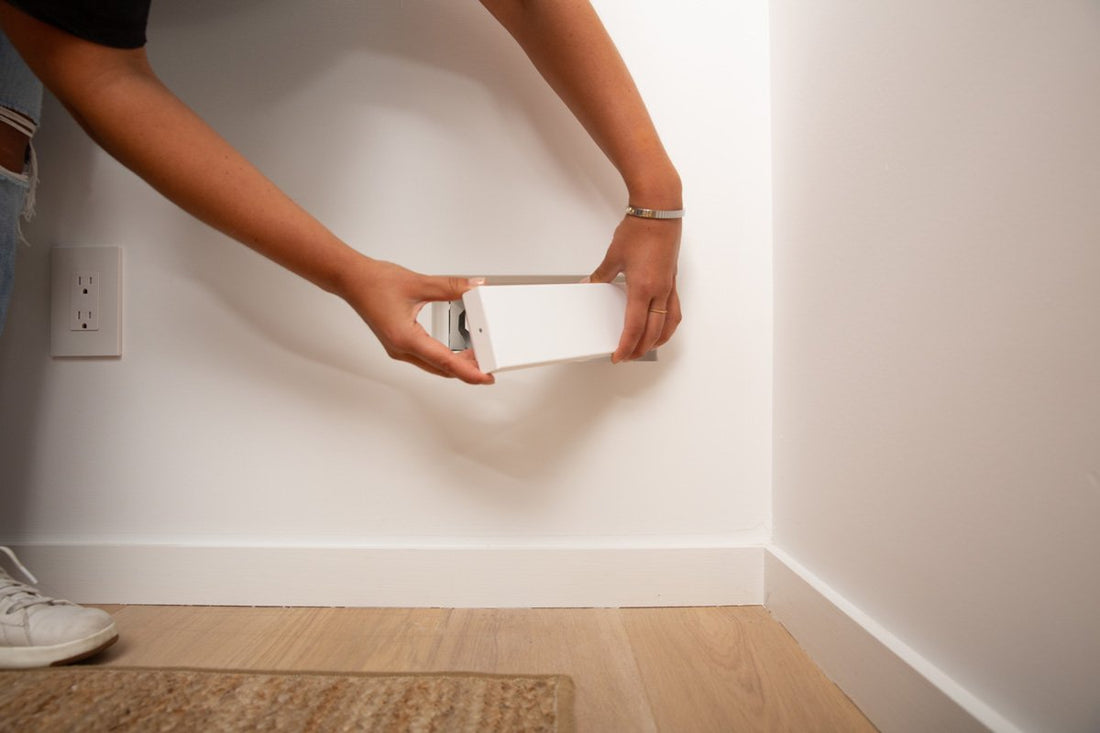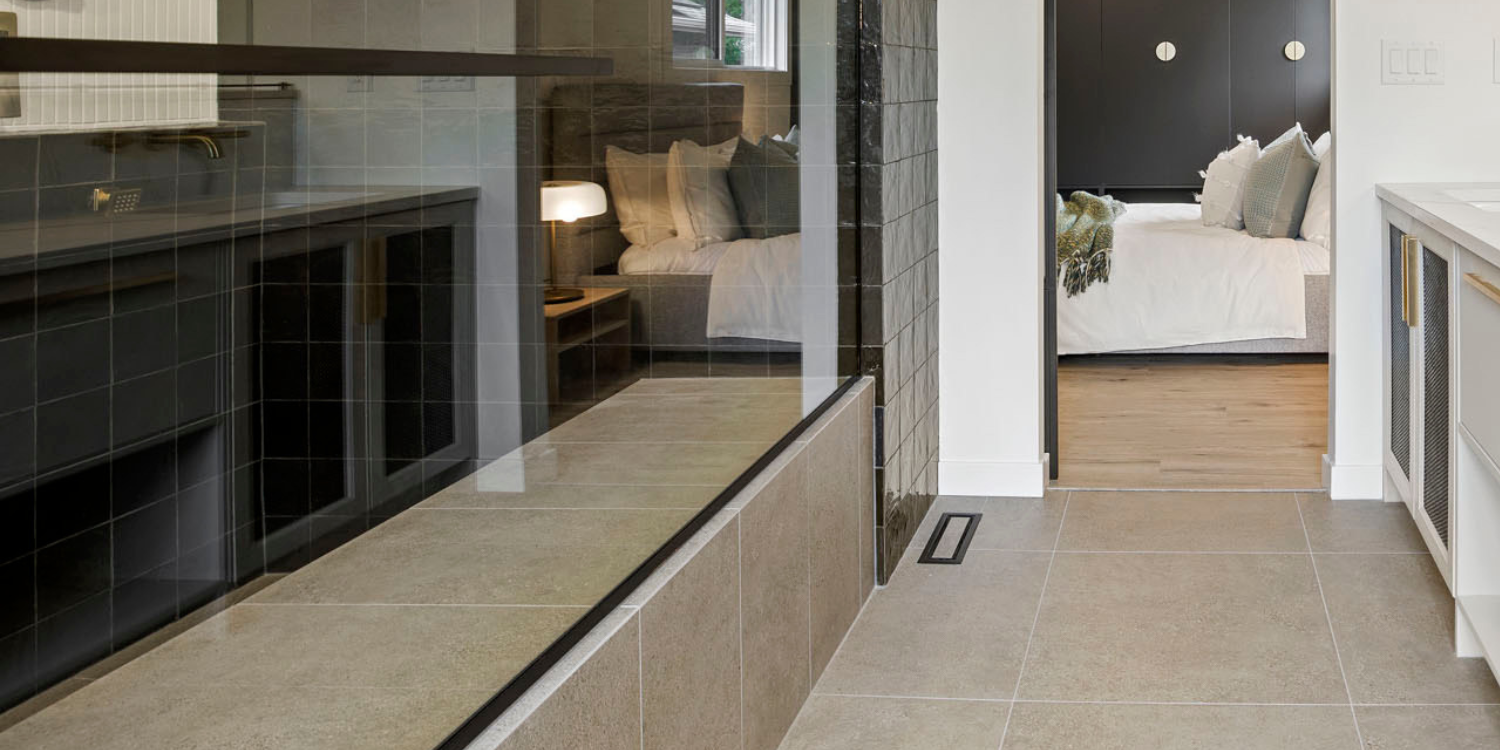
Lessons on HVAC
Share
Figuring out how to place your air register is important to evenly heat and cool your home. Their placement is determined when your home is first built or when the duct work is being remodelled.
WHY ARE AIR VENTS NEAR THE WINDOW?
Windows allow heat and cold to transfer easily. If the vent is placed in front of the window, it will create a curtain that will allow you to regulate the air temperature inside.
For example: If it is very cold outside, the vent in front of the window will blow warm air, keeping the cold air from transferring through the window into your space. This is how your home stays warm and cozy, regardless of all the windows transferring outdoor temperatures.
It is also important for the vents to not be too close to the windows, to avoid air loss from the vent.
WHAT IS HVAC LOAD HANDLING CAPACITY?
Load handling capacity refers to how well an HVAC system can work to its maximum output capacity. A system operating at capacity should be achieving peak efficiency performance.
THE RIGHT SIZED HVAC SYSTEM
It’s important to note that not all systems should work to their full capacity because it can cause stress on the system and overwork itself. That’s why if the HVAC is designed system to be slightly oversized, it can work to fulfill the heating and cooling needs at optimal efficiency, without overworking the system. When considering the right size, it is important to calculate the size of the system based on the size of the rooms, overall area of the home, and amount of heat gain/loss.
HVAC SYSTEMS THAT ARE TOO BIG / TOO SMALL
Creating an HVAC system that is too oversized can lead to unwanted problems. An HVAC system that is too big will become very inefficient, increase energy costs and risk of repair. A system that is too small will not properly heat or cool the area, and can also cause stress on the system.
WHERE DO AIR RETURNS GO IN THE HOME?
Location of air returns are flexible, because the ultimate goal of air returns is to get the air back to the starting point (the furnace). Most air returns are always found on central, inside walls of the home, such as hallways.
Height of the rooms is also important for proper air distribution. Depending on the design of your system, air returns can be located on the top of your walls near the ceiling, or at the bottom, near the baseboards.
HOW TO MAKE AN EFFICIENT HVAC SYSTEM
An efficient home is a comfortable home, especially when it comes to HVAC.
The biggest consideration when thinking about an efficient HVAC system is the building itself. Taking account for the entire space, ductwork, building material, and windows.
The second consideration is sizing and whether your system matches the size of the building.
Last consideration is of course saving money where it's possible. An efficiently designed system may cost you more money upfront, but can save you long term on energy bills.
Consult a reputable HVAC specialist to learn about your options.





